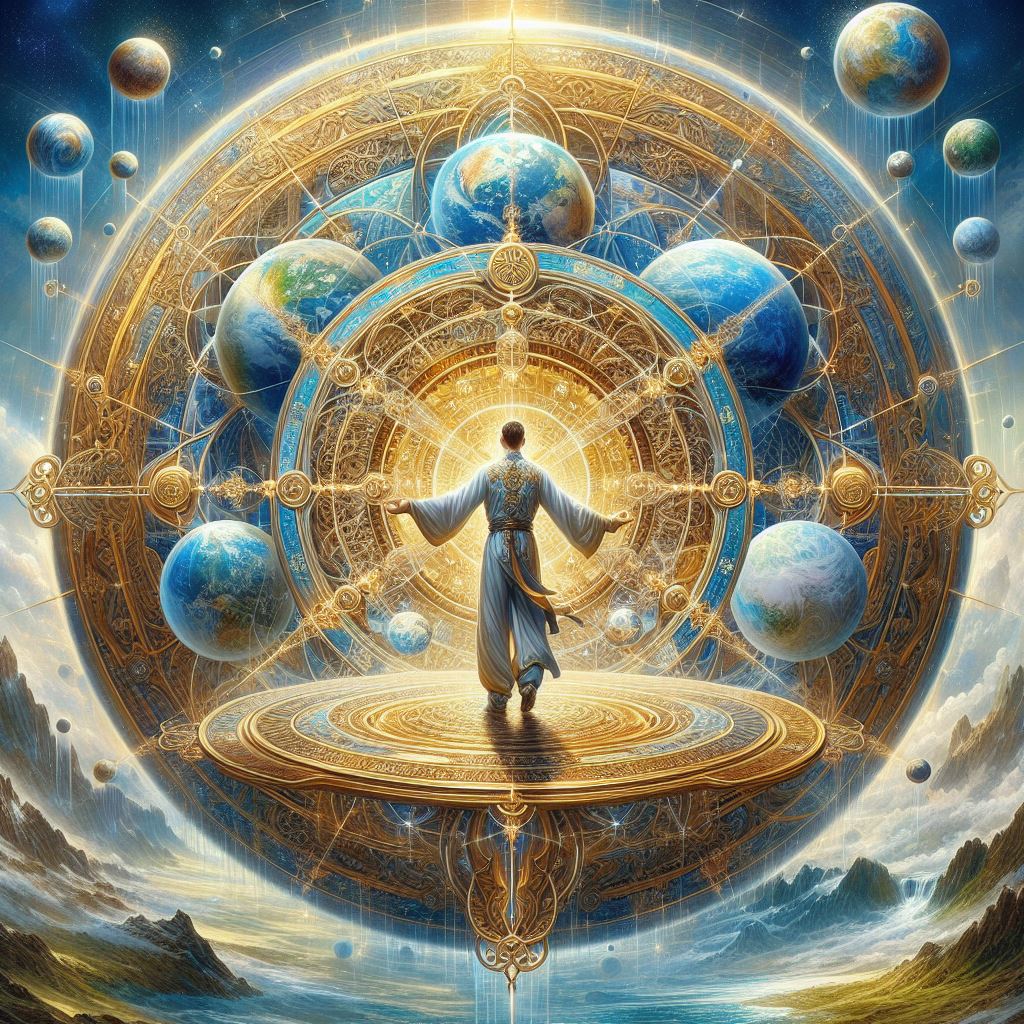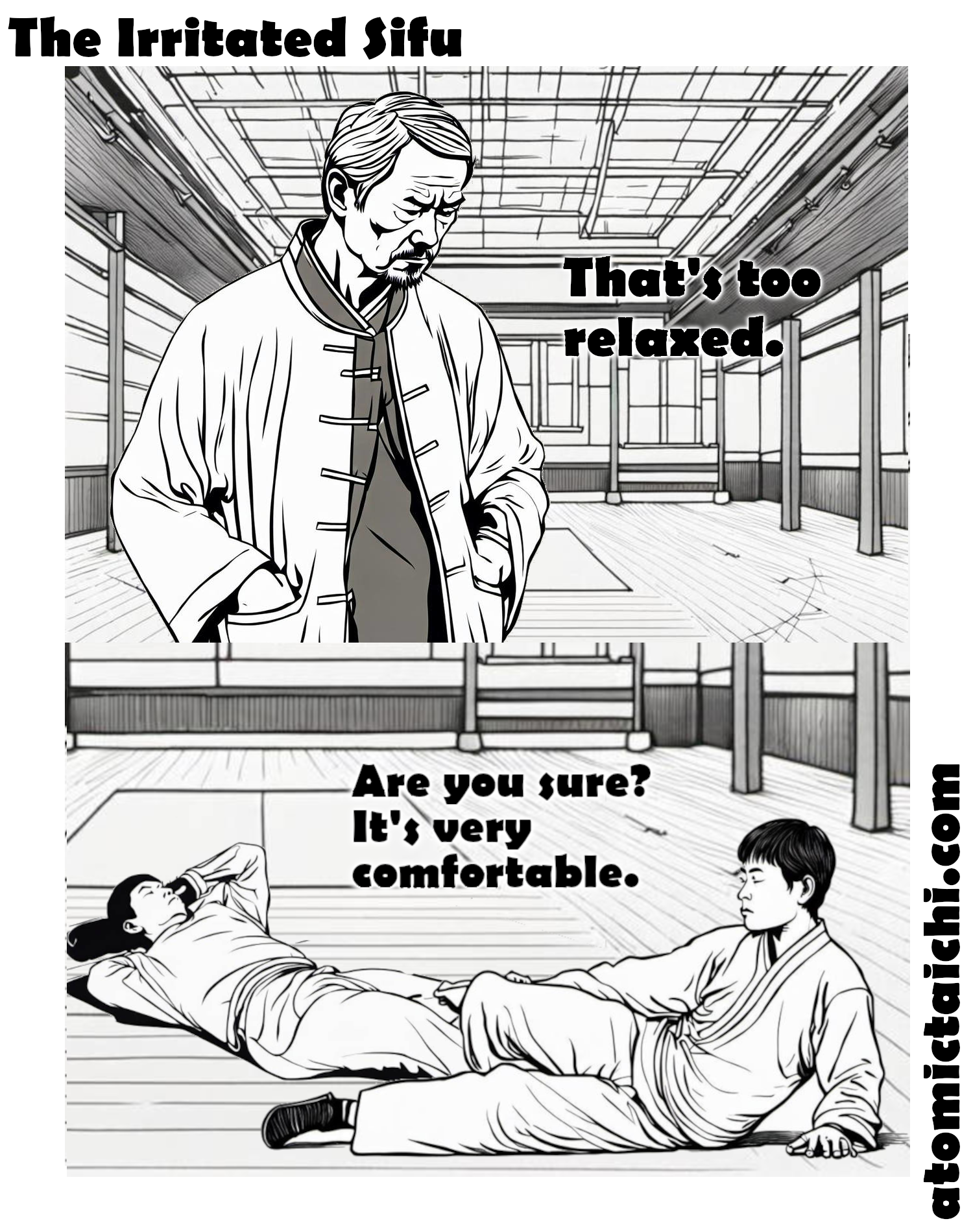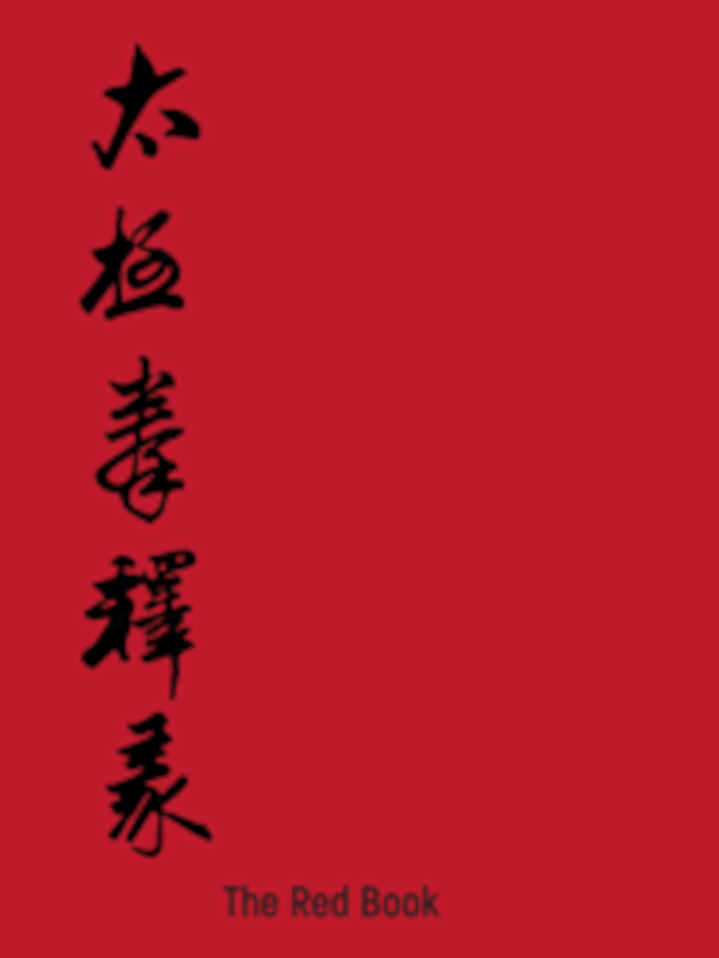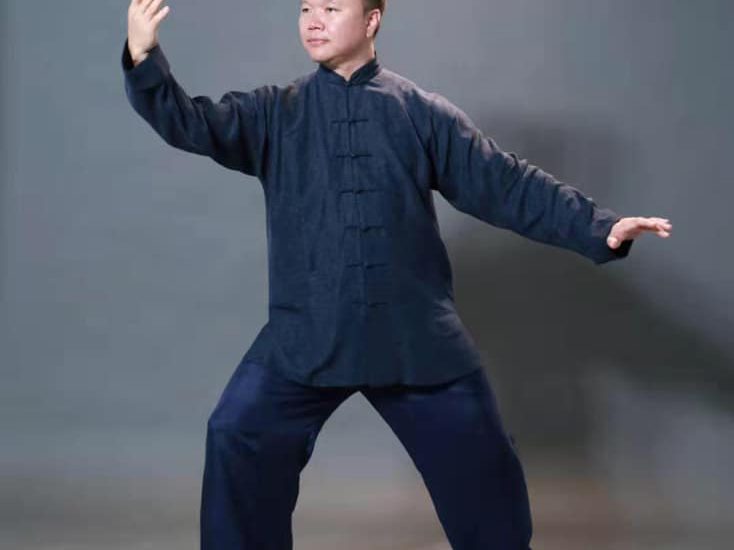Background
Force is usually understood by the layperson as “Mass times acceleration” or F=MxA.
For most purposes in martial arts, this is a sufficient understanding. We can talk about an object, like a fist, moving at a speed when it makes contact with a face and the force equation expresses the exchange of kinetic energy very well in that context.
What we don’t consider, usually, is that this is just a measure of the difference of unbalanced forces. Without movement, specifically without a change in velocity, it is not a meaningful formula. It measures “net force” not “total force” or “applied force”. Only force that is successful in accomplishing work, not all of the forces involved in making something happen, in reality, this just measures the excess force.
The Problem
Two men contending for supremacy might lock their hands together and start trying to exert maximum strength, or applied muscular force, on each other. Their muscles may bulge and veins stand out and the sweat may start pouring from their brows, but if they don’t move each other, according to the formula, no force is present.
If one were to suddenly remove their force from the system, the other might move in the direction they were applying their own force. When they move, they will move with a force equal to the amount of force they were applying in the system, which, if you’re keeping track, is exactly HALF of the force that was initially involved.
Gravity is a constant force pulling our mass towards the center of the earth. If we happen to be standing on solid ground, then whatever is beneath our feet is exerting the exact same amount of pressure back up into our mass, balancing the force equation, producing zero net force, zero movement, and nothing that can be meaningfully represented by the f = MxA formula.
Our legs and body are also exerting a matching force that we control to keep ourselves standing upright within that dynamic between heaven and earth.
Equilibrium
When two forces exactly balance each other, they are said to be in equilibrium. If there is a differential, then movement will occur in the direction of the greater force.
The firm foundation, or earth, is always in perfect equilibrium with the forces of stationary objects being pulled towards it by gravity. It is many, many, MANY times more massive than any force resting on it. In most places supporting the weight without sinking, very rarely exerting enough force upwards to disturb what lays upon it. It passively receives the forces exerted against it and supports them, providing an equal and opposite force to achieve equilibrium.
Sea Legs
Land lubbers that venture out onto the sea have direct experience of this effect. As the sea tosses the boat and the deck drops and pitches and rolls and waves, the amount of pressure being applied to your feet changes. When you take a step, your foot could wind up moving much further than you estimated, or move a much shorter distance before meeting the hard deck. Like stairs that end one step shorter than you think, or that curb you stepped off thinking it was continuous flat sidewalk. To stay upright, the sailor learns to sense the movement of the boat and naturally adjust their movements to stay in harmony with it. Or they will fall down a lot.
What was once as difficult as learning to walk all over again as a toddler becomes as easy as walking as an adult.
Of course, once this habit is burned in over a six month, year long voyage, a sailor can be just as disoriented on dry land that DOESN’T move, but I digress.
Towards a more accurate model for Taijiquan
If the surface beneath us cannot exert that amount of force, we will sink into it until there is sufficient force to support our weight
If the surface beneath us is exerting a greater amount of force, then we will fly away from it.
One way to get an idea for this is a trampoline, the perfect model of Taijiquan’s method of dealing with unbalanced force. Standing on it, the surface sags until it’s pulled tight enough to support our weight. If we allow some of our mass to drop into it, it gathers elastic force that we can add to with our muscles to get a great deal of force to propel us upwards.
Once falling,we are exerting a larger amount of force than we would standing still, by virtue of gravity’s continuous accelerating pull. The faster we are moving, the more we will deform the surface of the trampoline and the more elastic force will be stored, and the more force will be returned back into our body to launch us into the air once more.
I yield, and when the enemy’s force is spent, I counterattack
This is a perfect example of a central concept in Taijiquan. The great initial force is absorbed into the trampoline, and when it is spent, it is returned into the body that delivered it and the trampoline returns to a neutral state. In physics this sort of interaction is known as elastic force. It’s the same force at play with a bouncing rubber ball.
Elastic force, by the way, has a calculation. F = kx. F is force, k is a value dependent on the shape and composition of the material, and x is the amount of deformation (stretch) that it undergoes.
K is a bit hard to define outside of very well understood substances, but it can be calculated by measuring F=MxA of an object interacting with it and using the formula F/x(stretch) = k.
One way to think of it in regards to Taijiquan is that K is the energy stored in your muscles. Both through negative loading (force placed upon it greater than the tension you are holding) and through normal loading (direct contraction) but the direct contraction is generally used to move the rest of the body and is not directly applied against external objects or people. (External to the body, not external like “KARATE IS EXTERNAL MAN!”)
Store the energy like drawing a bow, release it like firing an arrow
Another way to think about elastic force is a bow and arrow. You pull the bow string and release the arrow, transferring an amount of energy much greater than the mass of the string times the speed of the arrow. In fact when we release the string, most of the energy from the mass of the entire bow system is transferred into the arrow, and whatever friction doesn’t steal will be delivered into the target.
An interesting note here is that the amount of energy is set and finite. A bow will fire a lighter arrow faster than a heavier arrow and it will lose some energy back into the bow. The heavier arrow will carry slightly more kinetic energy. If the arrow is too light, too much of the energy will be absorbed back into the bow and can damage it. If the arrow is too heavy, the range will be cut, but a very slow and heavy arrow at short range can deliver the maximum amount of force to the target, if that’s what you’re looking for.
The same is true of the amount of mass in the body and the energy required to mobilize it for offense and defense.
In the body we have the stored negative load energy, we have the potential for muscular contraction, we have gravity adding a significant amount of force we are constantly working against, and we have the opponent’s force.
By utilizing all four of these forces we can produce many times more work than direct muscular force alone can accomplish.
Zhong Ding – “Central Equilibrium”
In taijiquan we speak of the five elements, commonly considered as “steps” but their importance and nuance goes far beyond mere footwork.
In this system, Earth is “Central Equilibrium” or Zhong Ding.
Central Equilibrium is commonly understood as “balance” which then seems like “staying upright”. Both of those ideas point to what Central Equilibrium is about, but are off.
Central Equilibrium is the equilibrium of balanced forces.
Like the earth passively meets us with perfectly balanced force, so too do we meet force with passive balance, allowing the force the enemy is trying to apply to us to be perfectly neutralized into equilibrium by the return force of the earth’s mass and the deformation of our shape to accept it.
Dealer’s Choice
Having neutralized the incoming force, we sit at a still point, the hub of the wheel. If our opponent is still attempting to apply force to our body and we have successfully balanced the equation and equalized it, then we have control of the entire system. We can redirect the force they are providing against a weak angle and compromise the enemy’s structure and balance to do what we want to them.
We accomplish this via manipulating the force differentials, providing a Yin path for their Yang energy to travel where we want it, or crushing their Yin with our Yang, as appropriate.
Summary
Mass times acceleration is only part of the puzzle. Force manifests via a number of different mechanisms and in various contexts and systems where acceleration may not be present, or is irrelevant to the amount of force delivered.
By remaining at the center of balanced forces, we may exercise control over everything involved in the system with minimal effort.












Leave a Reply